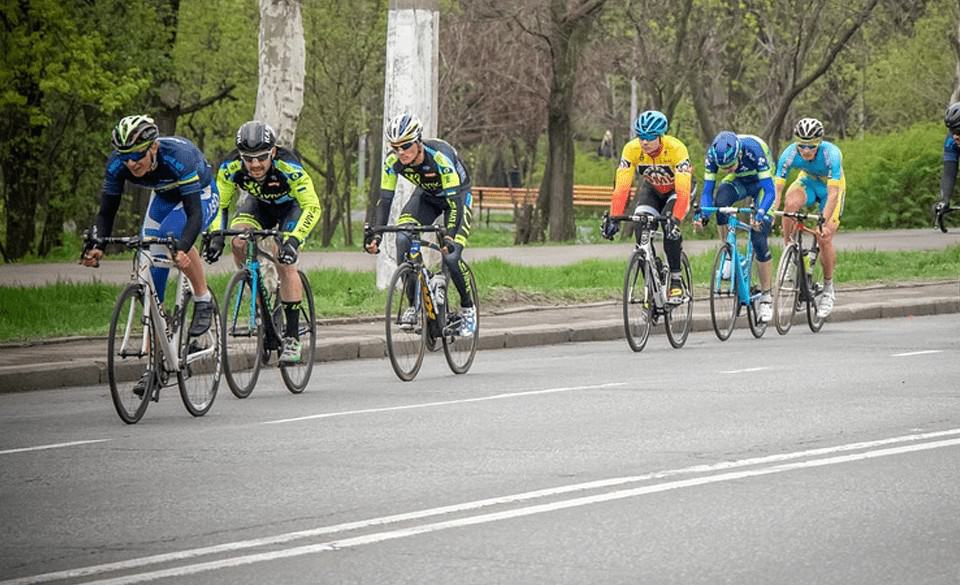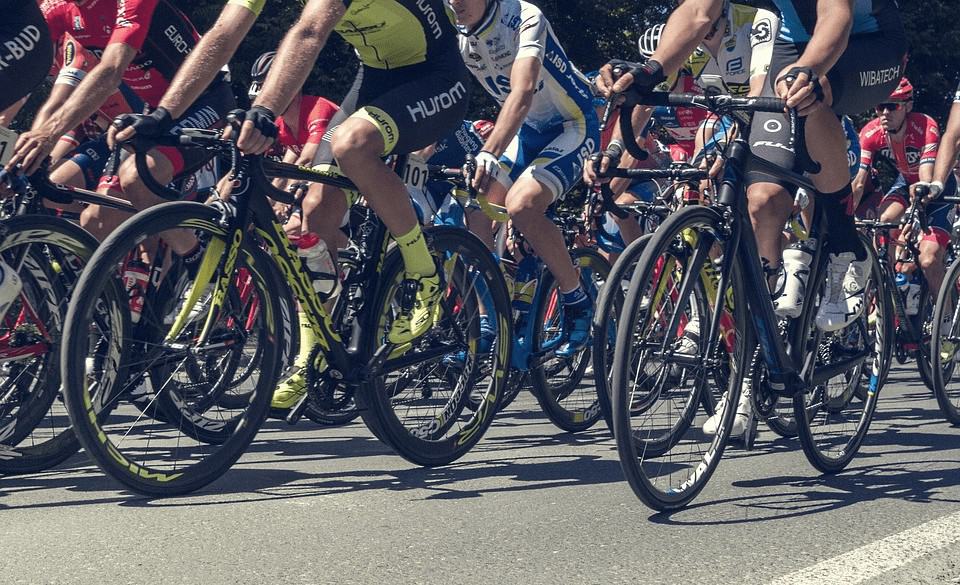
Functional Reserve Capacity In Cycling – A Complete Guide
Page Contents
Functional Reserve Capacity is one of the most significant metrics that help analyze your power and performance. Cycling is a combination of aerobic and anaerobic efforts. FRC gives insight into the athlete’s anaerobic work capacity. It decides the ability to go faster when things become difficult in a race.
In this guide, we look at the Functional Reserve Capacity and its importance for cyclists. We also discuss all the aspects associated with this metric to help athletes make the most out of it.
Functional Reserve Capacity In Cycling – A Complete Guide
Functional Reserve Capacity of a cyclist is the amount of energy you can use when you ride over your critical power. To understand this metric, consider the example of a battery that starts depleting upon reaching a specific intensity level. In cycling, such depletion begins when you start riding at intensities higher than your critical power.
Your critical power is a measurement of the highest average effort you can sustain for a set time duration. It also allows you to understand your average wattage maintained for this time without getting exhausted. When you start riding at intensities higher than this Critical Power, you are riding for a time before you burn out.
The rate at which you get exhausted depends on how much higher above your CP you ride. This is actually the intensity of your efforts. It is possible for you to ride hard for a short time before depleting quickly or ride a little easier and the battery lasts longer. However, it is important to understand that your capacity remains unchanged in all the scenarios, regardless of how easy or hard you ride above the critical power.
FRC Cycling – What You Should Know?
Functional Reserve Capacity can be used to analyze performance and adjust your efforts as a part of your strategy for an upcoming race. It is beneficial to know your FRC in KJ and how fast you can exhaust it when riding at various intensities above the critical power. There are different ways to measure your FRC in cycling.
The simplest way to get an estimate of FRC is using a software to measure the metric from your workout data. Another way is to perform a CP3 test with some efforts across short to medium time durations to get a graph of power to duration. FRC is a highly important training metric for those who compete in shorter, explosive types of cycling like criterium racing or mountain short track.
When you perform a range of efforts integrated into your workouts on a daily basis, you can easily learn how you can slow down before your battery gets completely depleted. You can also find out how you can meter your efforts effectively.
Once you have a good understanding of your Critical Power and FRC, you can quickly find out how long you can sustain an output over your CP for a time. This gives you an idea of the number of efforts you have left with you before you get burnt.
Functional Reserve Capacity Interval Training
An athlete can work on improving his Functional Reserve Capacity if his current value seems to restrict him to a successful performance in an event or race. The right interval training workouts include short duration hard efforts where every repetition is done at an intensity near the maximal effort. The workouts fall in the duration of 30-120 seconds for this purpose.
Here are some examples of workouts aimed at improving the FRC.
– Anaerobic intervals of 6-8 x 50 seconds with a recovery time of 100 seconds
– Short, high intensity intervals like a session of 7-10 x 30 seconds with a recovery break of 5-10 minutes after every rep
– Anaerobic endurance training session with 4 x 90 seconds of hard training before taking a recovery break
Before undertaking this type of interval training, you should find out that your FRC is limiting your performance in cycling. When you do this workout, focus on the quality over quantity. Also, make sure you integrate the training at the correct stages of your routine.
Though this type of interval training gives quick improvements, they are quite stressful and it is easy to overdo so it is important to be careful.
Critical Power Cycling
Critical Power is one of the most important metrics for an athlete as it enables you to find out the highest average effort you can sustain for a set duration of time. It is an estimate of the average output you will maintain without burning out.
CP for cyclists is much like the Lactate Threshold Heart Rate for a runner. If they exceed this value, they will slow down and finish with a bad time. Critical Power has a benefit that it is much more accurate. A power meter is used to measure this metric and it does not get influenced by outside factors.
Critical Power is measured with a CP20 test that begins with a 15-minute warm up followed by a series of 4-5 high-intensity interval drills of 60 seconds duration and then easy riding of 3 minutes. After this, you raise the pace and ride as hard as possible for 20 minutes without any break. Your power meter measures the average wattage during this 20 minute ride and you multiply it with 95 to get your critical power.
You can improve this metric as you train and improve your fitness. These tests should be performed every six weeks to see how you have improved. Calculating your power to body weight ratio helps you compare your performance with other cyclists.
Residual Functional Capacity Chart
Residual Functional Capacity is the amount of efforts you can put above the critical power before exhausting. It is measured in Kilojoules or Kilojoules per kilogram.
The standard Residual Functional Capacity range for men is 9-35 KJ while for women, it falls in the range 6-24 KJ. The average RFC is 18.2 and 13.2 KJ respectively for men and women. The Residual Functional Capacity Chart shows these averages for men and women.
Functional Reserve Capacity is a highly beneficial measurement for cyclists as it helps you find out what efforts you can perform above your critical power before burning out. You can learn when you should back off before your battery gets entirely depleted. This is a key factor in adjusting your pacing strategies for an upcoming race or event.




